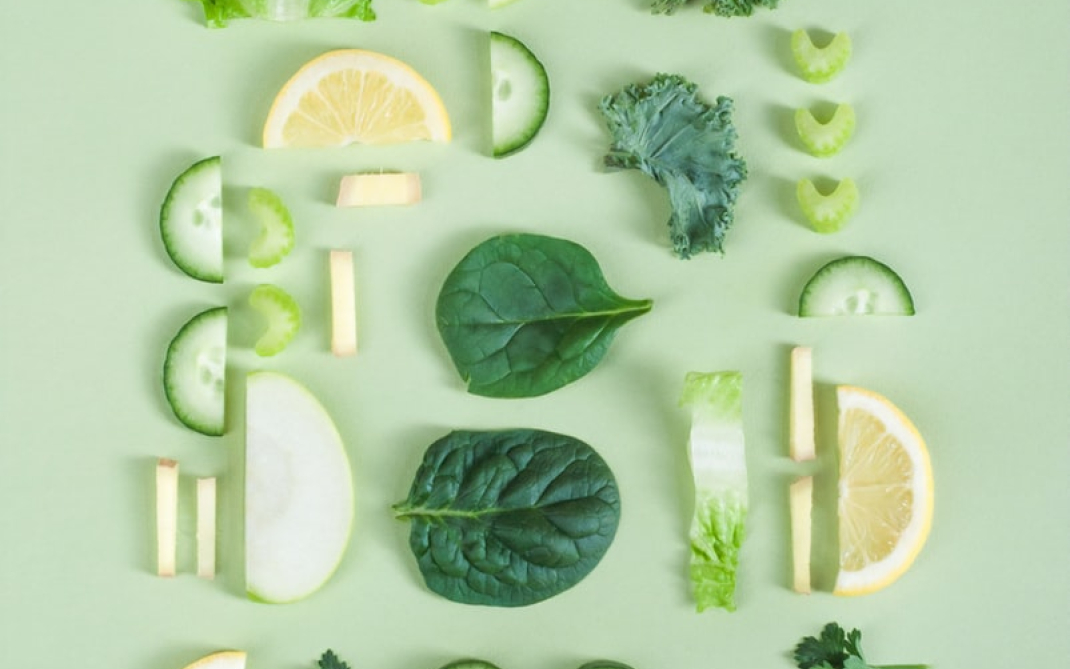If you search the internet for "what is the food of the future?" you will find all kinds of answers, from people claiming that the future's protein is crickets to those who predict that our meals will be just Soylent or Huel shakes, but all of them forget the fundamental role that technology plays in food matters. Factors such as population growth, climate change, or rural depopulation are leading states and individuals to question the current sustainability of our eating habits. Technology can help us achieve more sustainable productions, healthier and more nutritious foods, and enough food to feed the entire population.
Synthetic biology, genetic engineering, and 4D printing are just some of the technologies that are changing our understanding of food.
Synthetic biology: burgers on a Petri dish.
Did you know that on average, it takes 15,000 liters of water to produce one kilogram of beef? But what if we could get that meat directly from a lab? Well, companies like Memphis Meats are dedicated to the research and innovation of artificial meat. And not just meat, they also create chicken, pork, fish, eggs, milk...
The process to make this meat starts by extracting cells directly from animals and then making them grow and multiply. By being able to control the entire process in the lab, they can achieve more nutritious and healthier food with less water and energy consumption.
These products are not yet available in our supermarkets, but the American company hopes to commercialize them by 2020, with a price of $10 per burger.
Genetic engineering: sorghum, papayas, and coffee.
For centuries, farmers have crossed the most drought-resistant or pest-resistant plants, the ones that gave the best fruits, or the ones that grew the fastest, thus improving the plants genetically over hundreds of years and creating new hybrid species. But nowadays, thanks to genetic engineering, this can be done immediately.
An example of this is sorghum. This cereal has been genetically modified in a study carried out by several American universities to improve its properties and convert it into a highly efficient biofuel.
In the case of papayas in Hawaii, this fruit was modified to survive a virus that threatened crops, thus saving an industry that generates over 10 million dollars per year. However, many are against these genetically modified fruits, as they fear potential unstudied side effects.
Meanwhile, in Japan, groups of scientists have created a genetically modified variety of coffee that has 70% less caffeine to meet the growing demand for decaffeinated coffee in the market.
4D printing: flat macaroni.
One of the main problems in the food industry is the storage and transportation of food, and the costs it entails. An example of this is macaroni packaging. A typical package of macaroni is usually made up of 70% air and only 30% pasta, occupying more space in warehouses and transportation. But thanks to MIT and its research on 4D printing techniques, they have managed to create a type of pasta that transforms, from a flat sheet to a cylinder or spiral when in contact with water.
This could be a game-changer in food packaging and logistics, reducing both the materials used to wrap food and the space they occupy.
This is just a sample of some of the technologies that will change food in the coming years, but there are many more, such as blockchain for food traceability, IoT for smart farms, or Big Data for precision agriculture. Are vegan burgers still surprising you?
